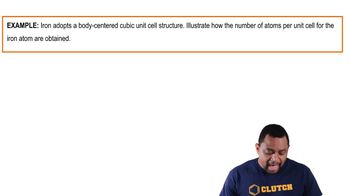Here are the essential concepts you must grasp in order to answer the question correctly.
Partial Pressure
Partial pressure refers to the pressure exerted by a single component of a gas mixture. It can be calculated using Dalton's Law, which states that the total pressure of a gas mixture is equal to the sum of the partial pressures of its individual gases. In this case, the partial pressure of CO2 can be determined by multiplying its volume fraction by the total pressure.
Recommended video:
Partial Pressure Calculation
Gas Laws
Gas laws describe the behavior of gases under various conditions of temperature and pressure. The Ideal Gas Law (PV=nRT) is particularly relevant here, as it relates pressure (P), volume (V), number of moles (n), the ideal gas constant (R), and temperature (T). Understanding these relationships is crucial for calculating the partial pressure of gases in different scenarios.
Recommended video:
Body Temperature and Gas Behavior
Body temperature, typically around 37 °C (310 K), affects the behavior of gases, including their pressure and volume. At higher temperatures, gas molecules have more kinetic energy, which can influence their pressure when confined in a space. In this question, recognizing the importance of temperature is essential for accurate calculations involving gas behavior in the human body.
Recommended video:
Body Centered Cubic Example




